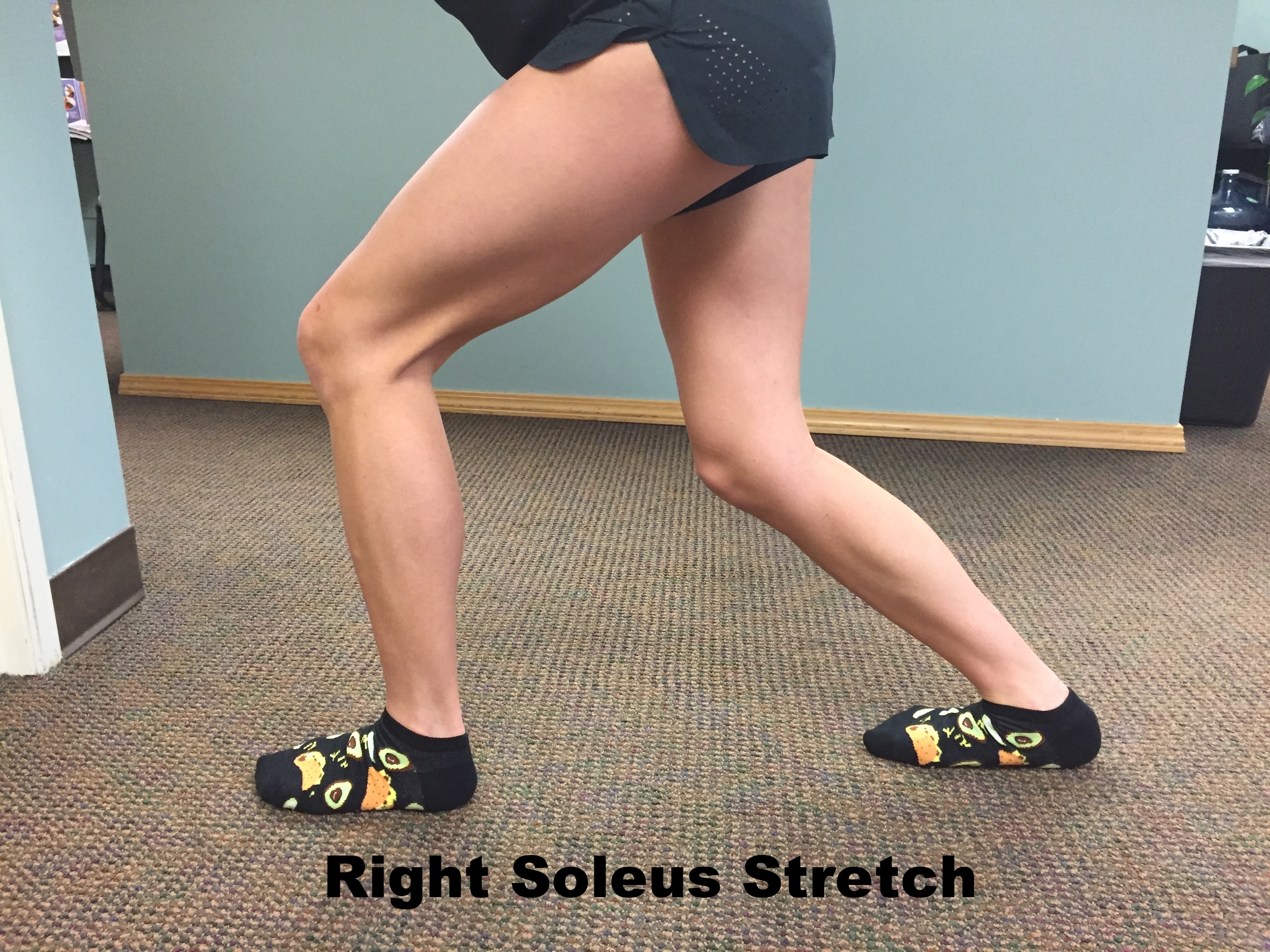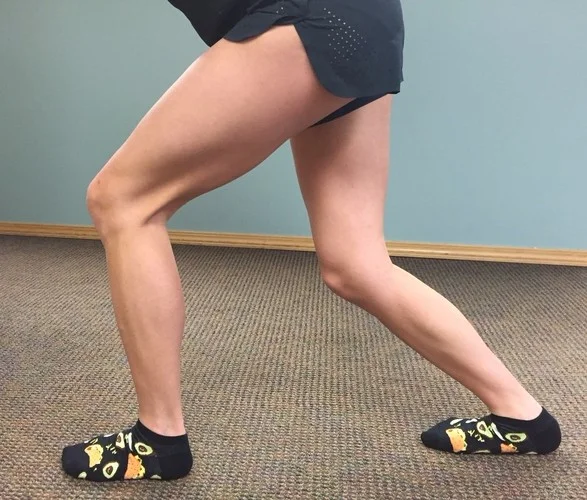Author: Brooke Carmen, PT, DPT: Doctor of Physical Therapy and Blog Contributor. Loves fun informational gems. Fitness addict and wannabe foodie. Emphasizes patient-specific treatment style and promotes goal-oriented care. Learn more about Brooke on here.
If you have pain in your calf, there are a few things that you need to know. The first things is that the calf is considered a “watershed” area of the body. What that means is that there is poor blood supply. If any area has poor blood supply, then healing usually takes longer. When there is more blood flow to an area, the muscles in the area can heal more quickly.
I’m an avid soccer player. I’ve had calf pain that would make me stop playing after half the game. At first I did what I tell most people NOT to do...I tried to just tough it out. When that wasn’t working I decided to play around with different exercises and it make a big difference (I don’t have any calf pain anymore). I want to share what has worked with you as well.
Eccentric calf raises. The big key to this that you have to exercise your calf to the pain that it hurts. Eccentric calf raises involves raising up on your calves as high as possible and then SLOWLY lowering down to the floor. In order for the exercise to be an eccentric exercise, you must slowly lower lower your body weight to the floor.
You need to do the exercise until it hurts. I’m speaking for those who already have calf pain. If you have calf pain, this exercise should reproduce the pain that you’re already having. Believe it or not, that’s actually a good thing. This is the SINGLE most important exercise for calf pain. If you only have time for one exercise, do this one. Take a look at what the exercise looks like below:
Calf stretching. Many times the muscles in your calves can also be tight. Specifically, the gastrocnemius and the soleus muscles. Stretching these muscles helps increase the muscle length to an optimal position. When a muscle is in its optimal position, it can contract and relax in a normal fashion. When a muscle is too tight, it is always in a shortened position and cannot optimally contract. The same is true for when a muscle is in a lengthened position. If the muscle is too lengthened, it cannot contact as efficiently as it could and over time, this could result in calf pain.



Gluteus maximus, medius and minimus (glute) strengthening. A recent study found that those who have calf pain, don’t have the same muscle firing power in their gluteus muscles than those without calf pain. Strengthening the gluteus muscles of your hips has an important, albeit indirect effect on calf function and pain. Here are a couple glute exercises that you can try on for size:
Nitrous oxide patches. The good news is that nitric oxide patches improve blood flow to the area with poor blood flow. I mentioned earlier that the calf is a watershed area. That means blood flow is very poor in the area. Nitric oxide vasodilates blood vessels (it opens up blood vessels), and in turn, there is more blood flow to an area. Adding this to your training can greatly help with your recovery from calf pain. There is a caveat to using nitric oxide patches. After about 4 hours, you’ll start to develop a low grade headache that won’t go away until about 2 hours after the patch is taken off at the end of the day. You will need to talk to your primary care provider before you attempt to use these patches for calf rehabilitation. It’s especially important to talk to your doctor if you have had any cardiovascular issues in the past, because his medication affects the blood vessels in your body.
Calf pain can be very frustrating and affect many daily and recreational activities that improve an individual's quality of life. If you start having pain in your calf and more specifically, your Achilles tendon, it's best to seek treatment sooner rather than later.



